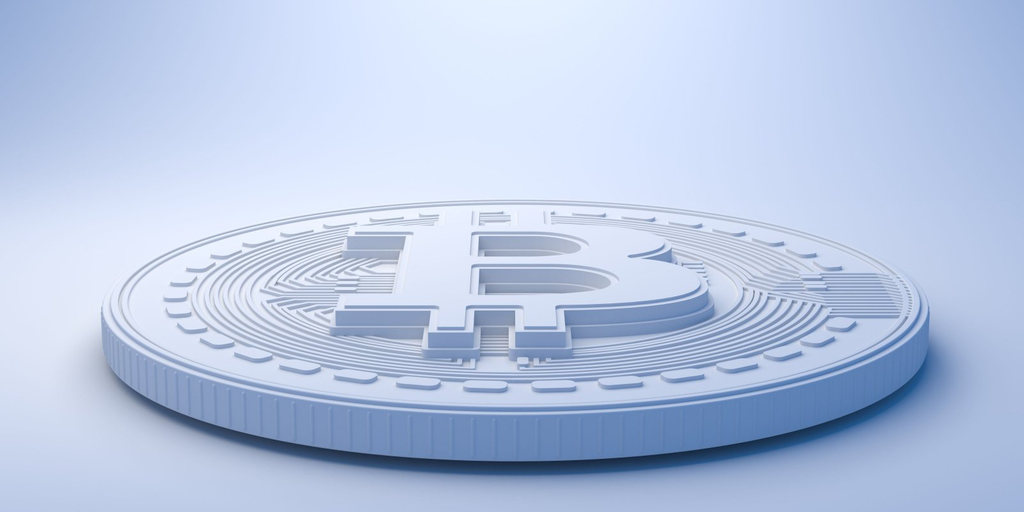Laser-Eyed Maxis vs JPEG Enjoyers: What You Need to Know About the Great Bitcoin Debate

Last week saw the Bitcoin network under fire—both computationally and ideologically. Stemming from the new Ordinals and BRC-20 token standard, the network has seen inordinate amounts of congestion, with sky high fees and hundreds of thousands of unconfirmed transactions.
At one point, people were even claiming there was an “attack on Bitcoin.”
It reignited a fierce debate among Bitcoiners—one that goes back years. To really understand what the current controversy is all about, we’ll need to revisit the history of the “block size wars.”
Block size wars
By 2017, Bitcoin miners, developers, and users had been arguing for years about whether to increase the protocol’s block size. The block size is the amount of transaction data individual blocks on the network can hold.
The short of it is that “large blockers” want to keep fees low by increasing blockspace and allowing for more transactions per second.
“Small blockers” argue that it’s essential to keep the system resistant from state actors or private interests by making it cheap to validate transactions. These developers acknowledged and actually accepted high fees in times of congestion as a necessary tradeoff for maintaining decentralization.
The disagreement led to what is called a hard fork—and two new cryptocurrencies were born: Bitcoin Cash (BCH) and, later, Bitcoin Satoshi’s Vision (BSV).
But fast forward to 2023, and it feels like a similar conflict is rearing its head once again: What exactly should Bitcoin be used for? Were such a thing to happen again, would it be a success? “That approach [a hard fork] was tried back in 2017, and I think the outcome is fairly clear at this point,” Craig Raw, developer of the Bitcoin Sparrow Wallet, told Decrypt.
Today, both BCH and BSV have a much smaller market cap than the original BTC and have been largely dismissed by many in the Bitcoin and larger crypto communities.
Enter: Taproot and Ordinals
From hardcore maxis, to core maintainers and your classic Twitter troll, everybody seems to have a say, especially now the network is “suffering” from high fees and extreme congestion.
At the time of writing, there are approximately 327,900 unconfirmed transactions, with a low priority fee of roughly 140 sat/vB, around $5.16. That’s double what low priority fees were before they spiked this week. Transactions of 18 sat/vB, or $0.66, or less were getting purged, or ignored, by miners because they were too small to be worth processing.
The transaction backlog has seen a huge decrease from the past couple of days, when there were more than 400,000 unconfirmed transactions and high priority fees hit 654 sat/vB, or $26 dollars, according to mempool.space.
At the center of this controversy is Taproot, Bitcoin’s latest update which allows for arbitrary non-financial data to be included in the blockchain.
And from Taproot come Ordinals—the hottest crypto craze right now or a scourge on Satoshi’s vision, depending on who you ask.
Consider them like NFTs, images, videos and even computer games that can be securely stored on the Bitcoin blockchain. Some people love them, while others see them as nothing more as a waste of time and pointless network congestion: for users to mint such tokens on the Bitcoin blockchain, they are required to burn transaction fees in order to create these tokens. This in turn clogs up the network.
Polarized Bitcoiners
Acclaimed “Bitcoin Maxi” and MicroStrategy co-founder Michael Saylor is one high-profile voice who has said that the Ordinals craze is just another “catalyst for Bitcoin adoption.”
“Every time someone builds an application that’s cool on Bitcoin, like all the Ordinals and inscriptions and whatever that are driving up transaction fees, it’s a catalyst,” he said.
To be clear, Ordinals have always been controversial. They sparked controversy when they launched in January.
Marginalized peoples in developing countries will have to pay more to run their Bitcoin nodes and send transactions because privileged wealthy whites want to put JPEG drawings on the blockchain as status symbols. Just because you can doesn’t mean you should.
— Bitcoin is Saving (@BitcoinIsSaving) January 29, 2023
But now they’re picking up velocity as Binance, the world’s largest cryptocurrency exchange, adds support for them in its NFT marketplace. At one point this week, Bitcoin core developer Luke Dashjr emailed other Bitcoin developers and miners asking them to implement “spam filtration” as a part of Taproot transactions to block Ordinals and BRC-20 tokens.
It wasn’t received well by all corners of the Bitcoin community. One notable reply came from Washington Sanchez, the NFT product lead at crypto exchange Kraken, who called Dashjr’s attempts to block the development a “1 man jihad against Ordinals.”
But not everyone has immersed themselves in the debate. Christoph Ono, a contributor at open source Bitcoin resource Bitcoin Design, told Decrypt that the debate over Ordinals has become a “distraction.”
“Bitcoin is about hard money and a new global financial system,” he said. “What are a few pixelated images and JSON blobs in comparison? Some people will test this mechanism to see if they can extract profit from it, just like it happens with every facet of Bitcoin and crypto.”
He added that if Bitcoin couldn’t deal with such a “goofy situation,” it wouldn’t be “hard money.”
And Ono quickly dismissed the idea that Ordinals could lead to another BCH-like split: “I don’t know of anyone seriously considering a hard fork.”
Stay on top of crypto news, get daily updates in your inbox.
Source link








Comments are closed.